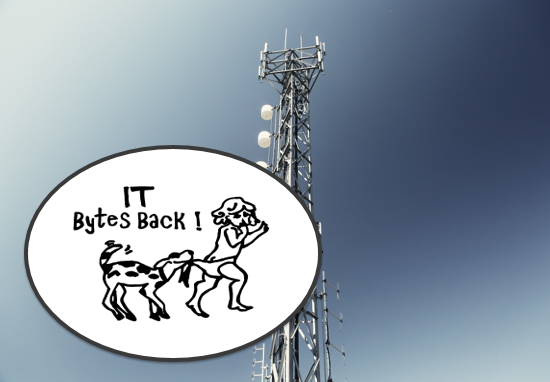In the current Covid-19 pandemic, all news, including tech news, has taken a backseat.
And even if there were any interesting news, it would be the surge in security questions about Huawei’s 5G infrastructure network.
For years now, despite its continuous denials, the world’s biggest communications equipment supplier has battled market resistance for its perceived ties to the Chinese Communist Party that led to its telco network equipment being classified has having high security risk of being used for spying and IP theft by China.
However by now most governments around the world are already past the deciding whether they allow for the purchase from the ‘high risk’ Chinese supplier, allow their corporations make their own bi-partisan commercial-based decision, or like the US – decide on an outright ban on Huawei 5G gear.
Nonetheless as many would already realise, that political decisions are easier made than followed through in the real, commercial world.
The conundrum faced is how do you fill the gap by ditching Huawei’s 5G? Can policy-makers afford to pull the carpet from under corporate and industrial clients who have already sunk millions in investments building on Huawei’s 5G?
In Asia, many markets don’t have beef against Huawei. In fact, most governments including smaller ASEAN members (like us, Malaysia) embrace Huawei – mainly because our governments accept (or are already somewhat beholden) to China, her economic support, and technologies. So generally there isn’t much issue with embracing Huawei’s 5G technology – after all, it is probably the fastest and most cost efficient way in the Big Data and Industry 4.0 era.
The situation is similar in Africa, the Middle East and South America. It is in North America, Europe (and post-Brexit UK), that the contention against Huawei is still strong.
However, ditching Huawei’s 5G will be a difficult task.
Simply because Huawei has made itself almost ironclad against pushbacks from ‘hostile’ policy-makers due to their success in an earlier action that reminiscence of the US’ stance in the 1980s’ and 90s’ of selling itself to the world.
Most Gen Xs’ will remember the years where America was the great marketeer of the world – selling the ‘Buy America’ with pure marketing talk (and impressive Powerpoint presentations) while retaining R&D somewhere home base, but *Outsourcing all production to cheaper labour markets including China, Mexico, Brazil, Vietnam, etc.
Huawei adopted the same aggressive marketing strategy in their breakneck global brand expansion since the early 2000’s – with lean but efficient global sales teams that are closely supported by two decades worth of research-backed telco network products and solutions.
They went on to successfully build a fundamental customer base of SMEs that make up the life blood of various industries. A particular report in Europe showed that Huawei communication brand systems dominate in fixed and mobile lines, and are deeply entrenched across national infrastructure sectors of municipal, transportation, smart cities, utilities and healthcare.
This was achieved by almost a decade of selling cheap Huawei 4G replacements for existing 3G gear, combined with close-to-nothing post service maintenance and upgrade programs, coupled with cleverly packaged cloud and/ or telco software system offerings.
Even we watch the current 5G era unleashing a USD4.3 Trillion global market from 5G enterprise networks, world politics and the perceived security risk posed by Communist China will continue to see push backs against Chinese tech brands like Huawei (and let’s not forget ZTE).
However it is the pain of getting the existing customer base to ditch their default technology and systems, that will make trying to ditch Huawei, an uphill task.
I’d say, it would probably need a much concerted effort by other 5G telecommunication equipment of the world (read: Ericsson, Nokia, Cisco, Qualcomm, etc) with much governmental-bias for industrial support, to do so.
IT BYTES BACK! says: *Outsourcing Note: It is this same ‘let’s outsource to cheaper markets’ strategy by the Americans themselves, that the Trump administration has been, ironically, galvanising in its war-cry to now bring back jobs to the US…








